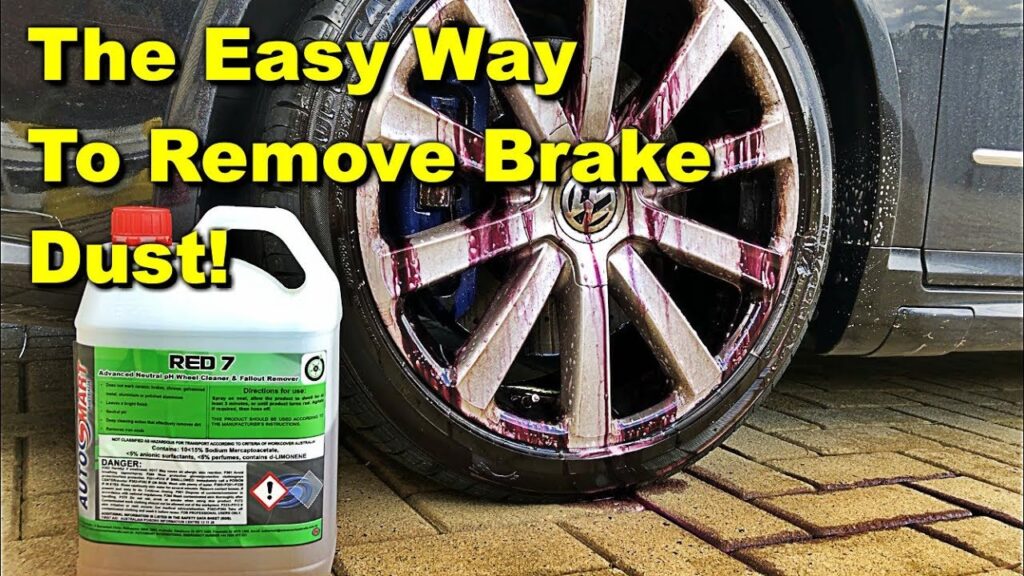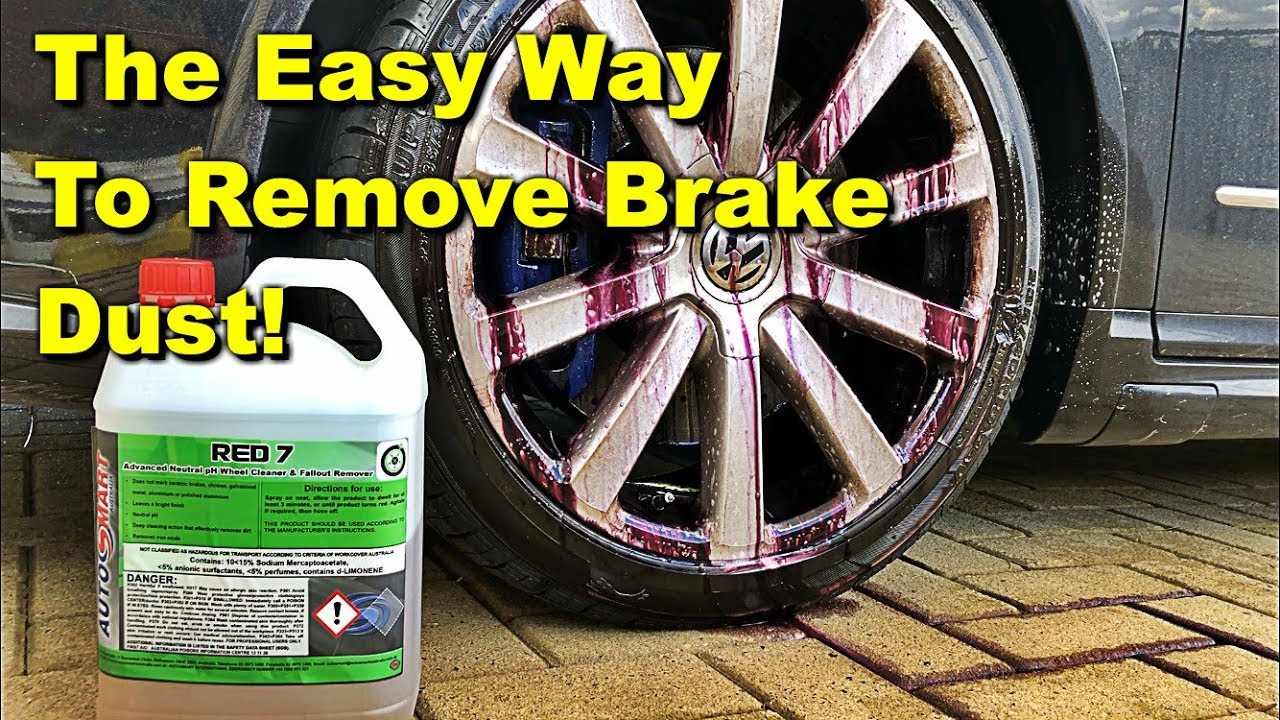
Brake Dust on Rims: Causes, Cleaning, and Prevention
If you’re a car enthusiast, or even just a regular driver who takes pride in their vehicle, you’ve undoubtedly encountered brake dust on rims. That unsightly black or brown residue coating your wheels can be frustrating to deal with. But what exactly is brake dust, why does it accumulate, and more importantly, how can you effectively clean it and prevent it from returning? This comprehensive guide will delve into the causes of brake dust on rims, provide step-by-step cleaning instructions, and offer preventative measures to keep your wheels looking their best.
Understanding Brake Dust
Brake dust is a byproduct of the friction generated when your vehicle’s brake pads come into contact with the rotors to slow down or stop the car. While all braking systems produce some level of dust, the composition and amount can vary significantly depending on the type of brake pads used.
Composition of Brake Dust
Brake dust is primarily composed of tiny particles shed from the brake pads and rotors. These particles typically consist of:
- Brake Pad Material: This is the main component, and its composition varies depending on the type of brake pad (organic, semi-metallic, or ceramic).
- Rotor Material: Small amounts of iron and other metals are worn away from the rotors during braking.
- Adhesives and Binders: These materials hold the brake pad components together.
- Environmental Contaminants: Road grime, dirt, and other pollutants can become embedded in the brake dust.
Why Brake Dust is a Problem
Aside from being aesthetically unpleasing, brake dust on rims can also cause several problems:
- Corrosion: Brake dust can be corrosive, especially in humid environments. It can damage the finish of your wheels over time, leading to pitting and discoloration.
- Reduced Braking Performance: Excessive brake dust buildup can interfere with the braking system’s efficiency, although this is typically only a concern in extreme cases.
- Wheel Imbalance: Uneven accumulation of brake dust can potentially contribute to wheel imbalance, though this is less common.
- Health Concerns: While the health risks are minimal under normal circumstances, prolonged exposure to large amounts of brake dust may pose respiratory concerns for some individuals.
Cleaning Brake Dust from Rims
Regular cleaning is essential to prevent brake dust from causing permanent damage to your rims. Here’s a step-by-step guide to effectively remove brake dust:
Gather Your Supplies
- Wheel Cleaner: Choose a wheel cleaner specifically designed for your type of rims (aluminum, chrome, painted, etc.). Avoid using harsh chemicals or abrasive cleaners that can damage the finish.
- Bucket: For mixing soap and water.
- Water Hose: With a spray nozzle.
- Wheel Brushes: Use a soft-bristled brush for the wheel face and a smaller, more specialized brush for lug nuts and tight spaces.
- Microfiber Towels: For drying the wheels.
- Gloves: To protect your hands from chemicals and grime.
Step-by-Step Cleaning Process
- Rinse the Wheels: Thoroughly rinse the wheels with water to remove loose dirt and debris.
- Apply Wheel Cleaner: Spray the wheel cleaner evenly onto the wheel surface, following the manufacturer’s instructions. Allow the cleaner to dwell for the recommended time, but don’t let it dry.
- Scrub the Wheels: Use the appropriate wheel brush to scrub the wheel surface, paying attention to areas with heavy brake dust buildup. Use the smaller brush to clean around the lug nuts and in tight spaces.
- Rinse Thoroughly: Rinse the wheels thoroughly with water to remove all traces of the wheel cleaner and loosened brake dust.
- Dry the Wheels: Use clean microfiber towels to dry the wheels completely. This will prevent water spots and streaks.
- Apply Wheel Protectant (Optional): Applying a wheel protectant or sealant can help to repel brake dust and make future cleaning easier. [See also: Best Wheel Sealants on the Market]
Tips for Stubborn Brake Dust
If you’re dealing with particularly stubborn brake dust, you may need to take additional steps:
- Repeat the Cleaning Process: Sometimes, a second application of wheel cleaner and scrubbing is necessary to remove all the brake dust.
- Use a Clay Bar: A clay bar can be used to remove embedded contaminants and stubborn brake dust. Follow the manufacturer’s instructions carefully.
- Consider a Professional Detailer: If you’re unable to remove the brake dust yourself, consider taking your vehicle to a professional detailer who has the expertise and equipment to handle more difficult cleaning tasks.
Preventing Brake Dust Buildup
While you can’t completely eliminate brake dust, you can take steps to minimize its buildup and make cleaning easier:
Choose Low-Dust Brake Pads
One of the most effective ways to reduce brake dust is to switch to low-dust brake pads. Ceramic brake pads are known for producing significantly less dust than organic or semi-metallic pads. They also tend to be quieter and last longer. However, ceramic pads may be more expensive than other types. Research different types of brake pads to determine the best option for your vehicle and driving style. [See also: Choosing the Right Brake Pads]
Apply Wheel Sealant Regularly
Applying a wheel sealant or protectant creates a barrier between the wheel surface and the brake dust, making it easier to remove. Apply the sealant according to the manufacturer’s instructions, typically after cleaning and drying the wheels. Reapply the sealant every few months for optimal protection. This preventative measure can significantly reduce the amount of brake dust that adheres to your rims.
Regular Cleaning
Regularly cleaning your wheels is crucial for preventing brake dust from accumulating and causing damage. Aim to clean your wheels every one to two weeks, or more frequently if you drive in dusty or dirty conditions. Consistent cleaning prevents the brake dust from becoming baked onto the wheel surface, making it much easier to remove.
Consider Brake Dust Shields
Brake dust shields are designed to deflect brake dust away from the wheels. These shields attach to the brake calipers and can significantly reduce the amount of brake dust that reaches the rims. While they may not completely eliminate brake dust, they can make a noticeable difference. The effectiveness of brake dust shields can vary depending on the vehicle and driving conditions.
The Environmental Impact of Brake Dust
It’s important to acknowledge the environmental impact of brake dust. As vehicles brake, these fine particles are released into the air and can contribute to air pollution. While the impact of brake dust on air quality is still being studied, it’s a growing concern for environmental scientists. Choosing low-dust brake pads and practicing responsible driving habits can help to minimize the environmental impact of brake dust.
Conclusion
Brake dust on rims is a common problem for car owners, but it doesn’t have to be a constant source of frustration. By understanding the causes of brake dust, implementing effective cleaning techniques, and taking preventative measures, you can keep your wheels looking their best and protect them from damage. Remember to choose the right products for your rims, clean them regularly, and consider switching to low-dust brake pads for a long-term solution. Ultimately, a proactive approach to managing brake dust will not only enhance the appearance of your vehicle but also contribute to its overall maintenance and longevity. Don’t let brake dust detract from your car’s beauty – take control and keep your rims sparkling!

